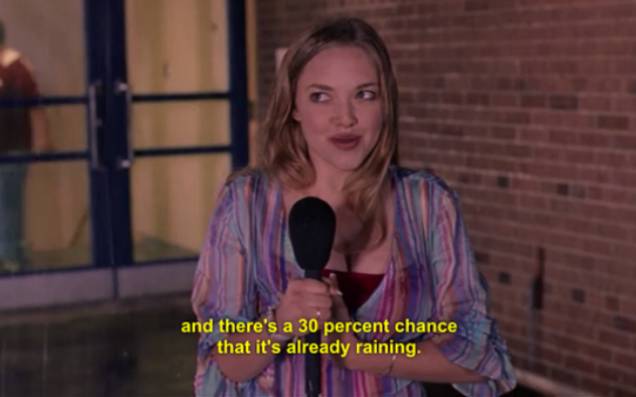
In some good news for ducks, the Bureau of Meteorology (BoM) has reported that the chances of a La Niña forming have now doubled, meaning that Australia could be in for some serious rain over the winter and spring seasons. Apparently these rains could potentially be drought-breaking, and if they come they’ll certainly break the hot streak of 12 consecutive seasons of dry conditions we’ve now had.
A shift in the surface temperature of the waters in the Pacific and Indian Oceans are the first indicators that the BoM has recorded, which is enough to nod at the potential of a really rainy winter and spring for Australia.
In particular, the La Niña rains will likely affect the eastern, northern and central regions, which includes farmland that’s been under a harsh drought for years.
Both the #ENSO and #IOD remain neutral.
The Bureau’s ENSO Outlook is at La Niña WATCH, indicating the chance of La Niña forming in 2020 is around 50%—roughly double the average likelihood.
Read more in our latest Climate Driver Update:https://t.co/smS8qtyOjY pic.twitter.com/RJZcSL4JKG
— Bureau of Meteorology, Australia (@BOM_au) July 8, 2020
“Tropical Pacific Ocean surface temperatures have cooled in recent weeks, and models suggest this cooling will continue through winter and into spring.” BoM’s long-range forecasting manager Dr Andrew Watkins said in a statement this week.
The last time Australia saw a significant impact from a La Niña event was way back in 2010, which lasted through to 2012. If this watch alert is upgraded to a confirmed wet season, it could potentially bring rain levels we haven’t seen in close to a decade.
It could also bring more tropical cyclones, potential flooding, cooler days, more snow, and the first rains of the wet season in the north happening earlier than normal.
I mean 2020 has already been absolute chaos so sure, why not have a huge weather event as well.
BoM senior climatologist Agata Imaelska also told PEDESTRIAN.TV that something called the “Indian Ocean Dipole” is another indicator to the Big Rainy Season happening for us down under.
Apparently, the IOD swings from positive to negative every three to five years, and a negative reading tends to bring a spike in temperature to the Indian Ocean, and higher rainfall across the country.
“The last couple of months, in particular, we’ve been looking at the ocean temperature in the Indian Ocean,” she said.
“We’ve been seeing sea surface temps to the northwest of Australia really warming up. It’s been quite common that some of our really big droughts tend to have been broken by La Niña or negative IOD, or both, bringing that extra rainfall over the country. It’s great news for drought conditions over the last 3 years.”
The La Niña hasn’t been fully confirmed yet, as the national weather bureau is yet to register other indicators – like lower air pressure over Australia and stronger easterly winds – so finger crossed those big gusty winds come through so we can cop some much-needed rain in the second half of the year.







